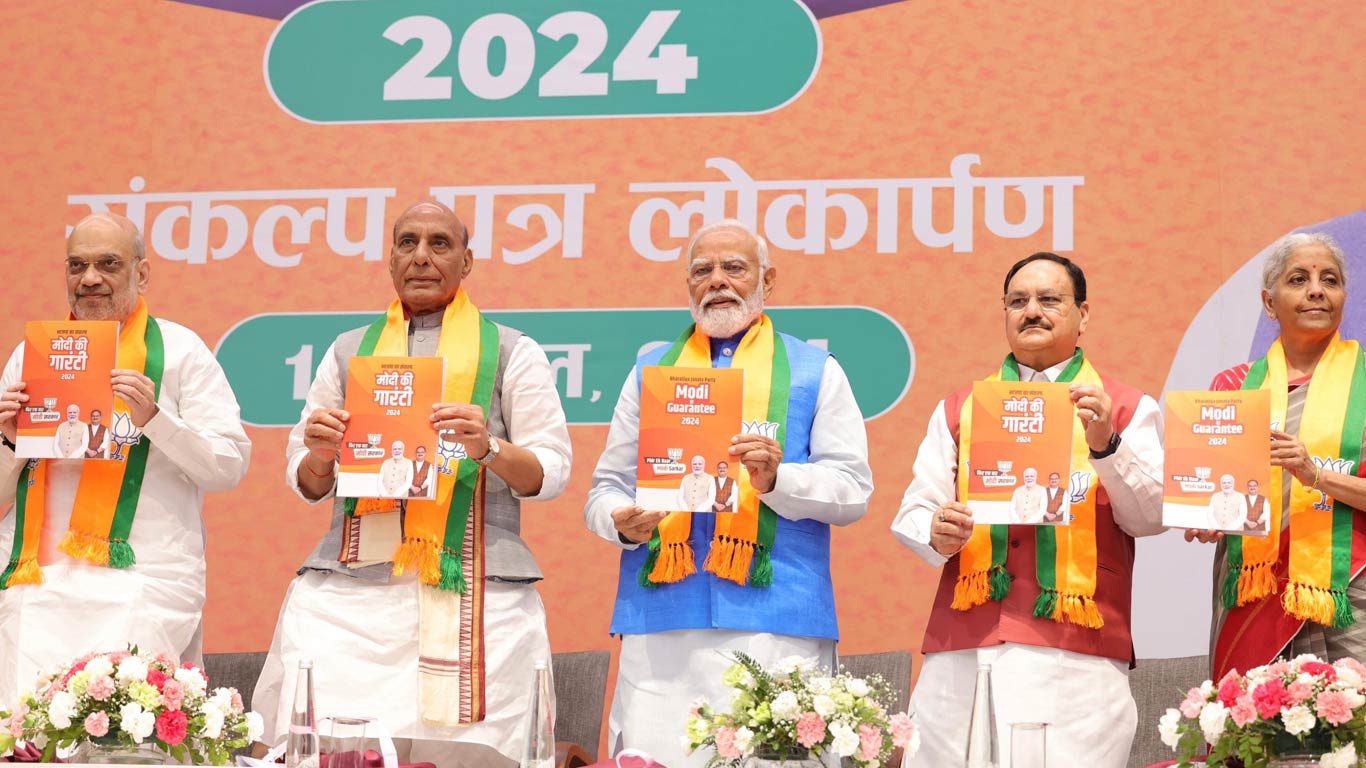Pro MSME govt policies & schemes, assisted by Central & State Institutions helped in significant growth of MSMEs: MSME Pulse
Updated: Apr 30, 2019 07:25:56am

Pro MSME govt policies & schemes, assisted by Central & State Institutions helped in significant growth of MSMEs: MSME Pulse
New Delhi, Apr 30 (KNN) The MSME Pulse March 2019 Report suggests that the micro, small and medium enterprises (MSME) credit growth has been on a firm footing in the last five years. However, the Public Sector Bank’s (PSBs) share in MSME lending has been reducing during the same period.
Pro MSME government policies and schemes, assisted by Central and State Institutions has helped in this significant growth of MSMEs in India, the report said adding that the Mudra scheme is noteworthy for its financial inclusion impact.
TransUnion CIBIL is India’s leading credit information company and maintains one of the largest repositories of credit information globally. The MSME Pulse Report is prepared by TransUnion CIBIL and powered by the Small Industries Development Bank of India (SIDBI.
“Aggregate MSME lending (both entities and individuals) has expanded rapidly over the last five years. Total balance outstanding has increased from Rs 10.4 Lakh Crores in Dec’13 to Rs 25.2 Lakh Crores in Dec’18 – a compounded annual growth rate (CAGR) of 19.3%,” said the report.
Meanwhile, the report suggests that the PSBs Share in MSME lending has been reducing. The market share of PSBs in MSME lending (both entities and individual segment) has reduced from 58% to 39% in 5 years period from Dec’13 to Dec’18.
PSBs continue to be the single biggest lender to MSMEs but the gap between the PSBs and the Private (PVT) segment has narrowed from a significant 37 pps in Dec’13 to just about 7 pps in Dec’18.
“However, going forward, we would expect that the PSBs would be able to claw back some of the share losses as more PSBs come out of the PCA framework. Their market share growth will also be aided by the continued funding constraints being experienced by the NBFC segment,” suggested the TransUnion CIBIL MSME Pulse Report.
The report notes that the new MSME Credit seekers have accelerated in 2018 across geographies with the ongoing trend of increasing formalization as well as financial inclusion.
The report pointed that the Mudra scheme is noteworthy for its financial inclusion impact as New to Credit (NTC) MSMEs in <Rs 10 Lakhs segment have increased by 74% between H1-17 to H1-18, from 2.3 Lakhs to 4.1 Lakhs. Providing access to credit for NTC MSME entities is largely enabled by PSBs which have about 78% contribu-tion in <Rs 10 Lakhs segment.
The reports said, the ongoing trend of increasing formalization as well as financial inclusion implies that the number of new MSMEs has been consistently increasing across geographies. NTC borrowers entering the Formal Credit sector have accelerated from ~2.7 Lakhs in 6 months in H1-16 to ~3 Lakhs in H1-17 and further on to ~5.2 Lakhs in H1-18.
Pro MSME government policies and schemes, assisted by Central and State Institutions has helped in this significant growth of MSMEs in India. The Mudra scheme is noteworthy for its financial inclusion impact as NTC MSMEs in <Rs 10 Lakhs segment have increased by 74% between H1-17 to H1-18, from 2.3 Lakh to 4.1 Lakhs.
Public sector banks have been pioneers in providing financial support to several MSMEs under various schemes like SME Credit Card, SME Smart Score, SME Credit Plus, SME Collateral Free Loan and many other schemes.
RBI has also mandated scheduled commercial banks to achieve 20% YOY credit growth to the MSME sector. PSBs are playing a critical role in providing access to finance to the Very Small (<10 Lakhs) NTC borrowers with 78% share in onboarding NTC borrowers in this segment.
Policies that allow the provision of Collateral Free Loans for all loans extended with a ticket size of less than Rs 10 Lakhs under the Prime Minister Employment Generation Programme of KVIC as well as other central schemes are a major contributory factor behind this trend.
The NPA rates in commercial lending are now inching downwards and it is possible that we may have already seen the peak of NPA rates in the Indian Banking system. The Mid and Large Corporate lending is also entering another cyclical growth phase. MSME lending has grown in the past 5 years and given the structural strength of the MSME lending segment combined with the tailwinds of growing Large Corporate sector with declining NPA rates, we may see the MSME lending intensity grow even further. In addition, while PSB’s market share in this segment has been shrinking, digitization initiatives in these banks and few more banks probably coming out of the PCA framework, we may witness PSB’s lending expansion in the MSME segment further fueling growth in this segment. (KNN Bureau)











